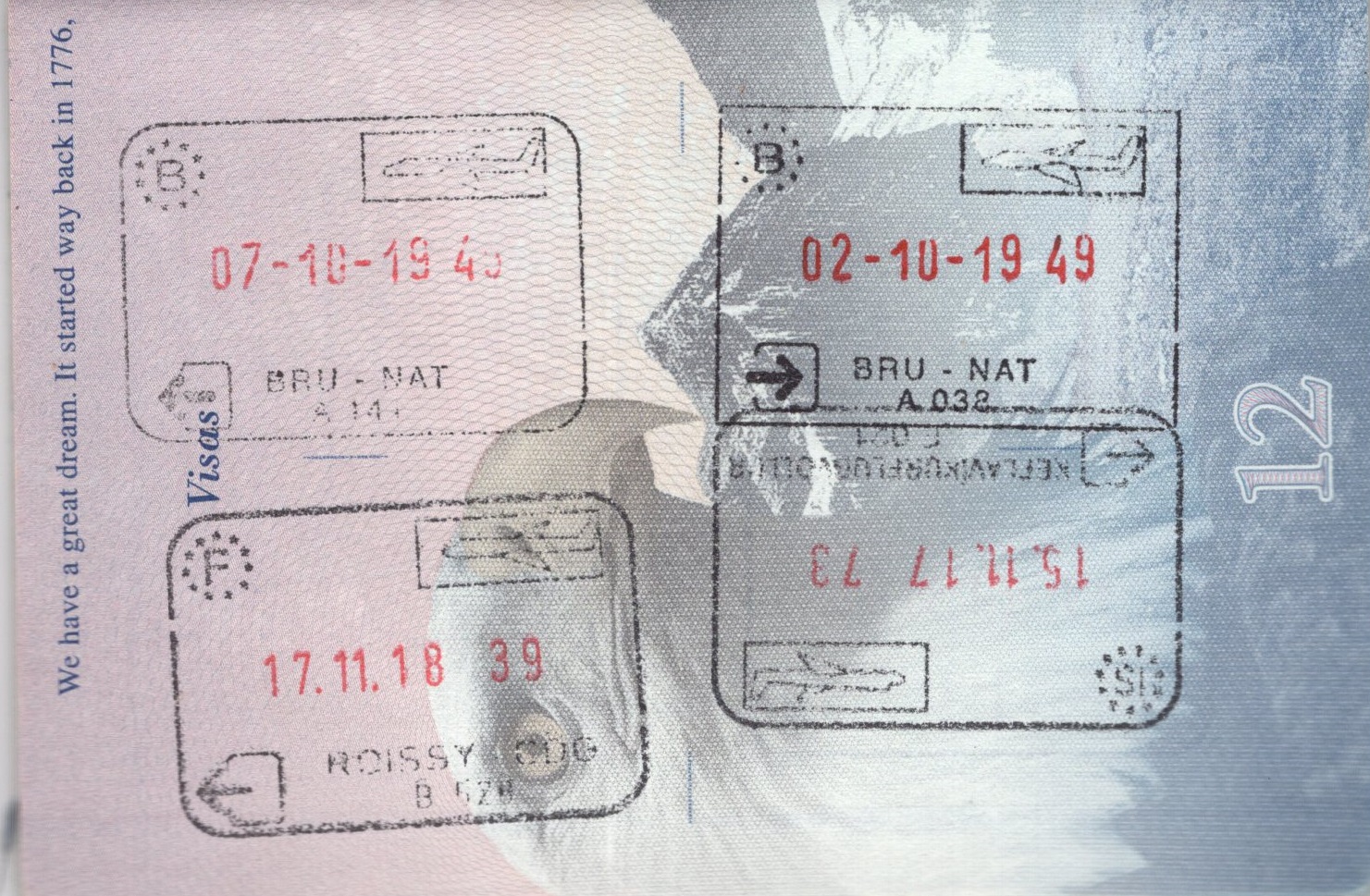After much discussion / leaking in the press, the final EU “Council Recommendation on the temporary restrictions on non-essential travel into the EU and the possible lifting of such restriction” was published on 30 June. Given recent headlines, it should be no surprise that residents of the United States of America did not make the “first cut.” But let’s take a brief look at its main provisions to understand why our assessment of U.S. residents being allowed back into the E.U. in 2020 / early 2021 looks even bleaker today.
- Fifteen countries, including Canada, Australia and New Zealand, have made the first cut.
- Those countries that were selected showed an increase of new COVID-19 cases over the last 14 days per 100,000 inhabitants that was close to or below the EU average as of 15 June 2020.
- Also, the trend in new cases over the previous 14 days was stable or decreasing.
- In addition, the EU looked at “the overall response to COVID-19 taking into account available information on aspects such as testing, surveillance, contact tracing, containment, treatment and reporting as well as the reliability of available information and data sources…”
- The country of residence, NOT nationality, applies. So, it appears that U.S. citizens who can prove they are residing in one of the fifteen approved countries could gain entry.
- This list will be reviewed—positively or negatively—every two weeks. “decision-making should be applied in the case the situation in the third country worsens quickly.”
- Unfortunately for residents of certain U.S. states, the EU is looking at national, not state or regional, statistics.
- There is a carve out for “specific categories of travelers with an essential function or need.” This includes diplomats, healthcare workers, students and others.
For those residents of the United States longing to get back to the battlefields of Europe, we wish the news were better. But it is what it is.
For those interested, the European Centre for Disease Prevention and Control publishes a daily update. Here’s a link to the 1 July 2020 update. Similar data for the U.S. can easily be found on the internet.
#kneedeepintohistory #meuseargonne #battlefieldtours #ww1tours #ww2tours

Leave a Reply